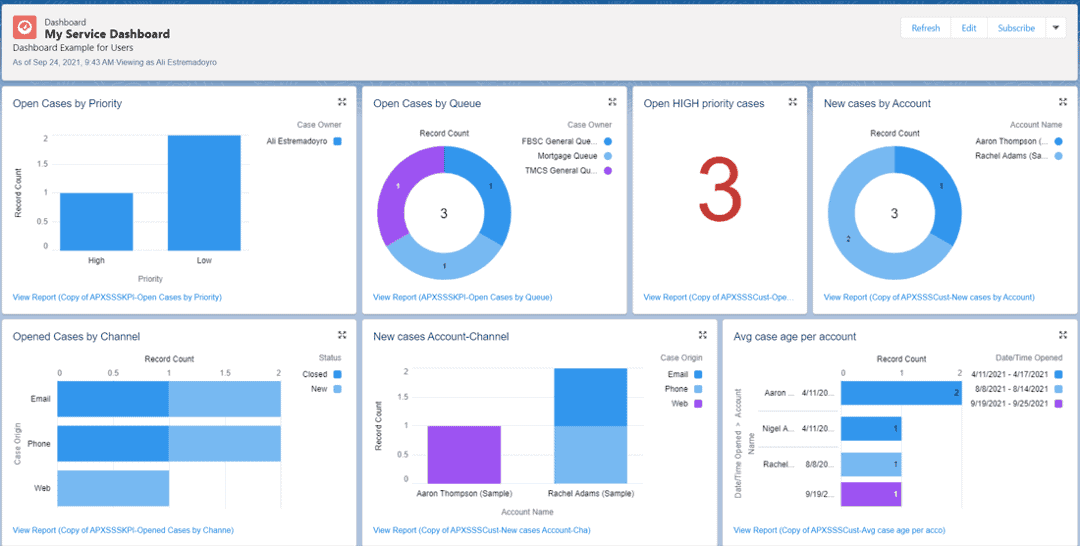Remote work isn’t going away. According to Gallup, 51% of U.S. employees were working remotely as of May 2021, and 35% of them intended to stay remote in the future.
Many contact centers had some type of work-from-home capability before the pandemic, but few had fully invested in a 100% remote environment. The rapid transition to working from home created issues around ongoing management, staffing opportunities, and technology connectivity, but companies adapted and found ways to take the on-premise experience and drive it into a virtual environment.
That shift has changed workforce expectations.
As the labor shortage intensifies — the most recent Job Openings and Labor Turnover Summary from the U.S. Bureau of Labor Statistics announced that job openings were at a new high at 10.9 million while there were only 6.9 million new hires — it’s more important than ever to make every single employee feel valued and empowered from day one. This means you need a set of well thought-out tools to help new employees hit the ground running.
Salesforce provides the tools to help you create a capable frontline staff, and Silverline has the industry knowledge and technical expertise to develop the Salesforce solution that is right for you.
Three ways to improve contact center operations
The transition between working from home and returning to the office has been longer than many organizations expected, reinforcing the need to empower employees so they can thrive in any environment.
The associate experience and the client experience are not mutually exclusive. If you create a functional experience for your team, you further enhance the experience for the customer. These three strategies can help you enrich collaboration across teams and better meet customer needs by using the functionality of Salesforce.
1. Leverage frontline staff and support their development
Any frustration that a frontline agent experiences, whether it’s with training, opportunity processes, or CRM functionality, only makes it more difficult to meet your customer needs. If you listen to your frontline staff, you’ll expose opportunities that are a wealth of information reflective of what the customer wants.
It’s important to leverage your frontline team to develop customer pain points, user scenarios, and personas to help shape your approach. There are fewer avenues to connect with frontline staff outside of an office environment, but here are some digital solutions for sharing those ideas and opportunities:
- Optimize your internal communications with a platform like Slack, where messages are searchable and proactively surfaced to call center agents
- When possible, do one-on-one and roundtable discussions
- Send out surveys to get unfiltered feedback from the staff
As a talent bench-building/retention opportunity, organizations can expose pain points and allow people to participate in the process to define those all the way into implementation. With Salesforce, you can easily cue up information that shows a concrete example of a pain point that needs to be addressed.
Showing someone that they can build a career within the contact center is the key for encouraging them to stay at your company. When you create exercises and focus on professional development, you start to develop frontline employees into long-term leaders.
2. Align the entire organization around campaign activity
It’s vital to be in communication and lockstep with partners across the organization. You need alignment with the head of product, head of compliance and regulatory affairs, and the promotional campaigns associated with those activities. That means you should be having conversations with your product heads, digital and development teams, IT maintenance, and regulatory affairs arms of the organization.
Those are not nice-to-haves.
Depending on what you’re focused on and the pressure within the organization, the regulatory component can be one of the most significant due to the fines and reputational impacts associated with them.
Typically, you want to operate on no less than a 90-day timetable for significant projects, both customer-facing and internal-facing. Collaborate with your workforce management team and operations team to develop the right outlook estimates for impact surrounding volume influencers or volume reduction, and use Salesforce tools to effectively train and build content for both preparation and in-the-moment support for those changes.
3. Manage complaints with a centralized dashboard
Disparate tracking systems don’t allow you to truly diagnose the volume, severity, and common themes within complaints. There’s a huge opportunity in complaint management and providing a viable tracking mechanism that allows you to not only collect a complaint repository, but effectively expose insights to change processes and policies and overcome technology hurdles.
As you scale, it’s important to determine what you can do internally with a CRM, but you can also develop voice and text lexicons that drive systemic capture of complaints, removing heavy manual activity that can be both time-consuming and inaccurate.
A centralized dashboard streamlines operations when you’re dealing with ACDs, workforce management tools, and CRMs. Some of these systems are meant for real-time performance reporting, but some have a lag effect up to 24-plus hours. By creating a single integrated dashboard uniting multiple systems in Salesforce, contact center employees don’t have to jump between screens to get the information they need, so they can spend more time responding to customer issues.
Give associates the information they need with Salesforce
Knowledge is power, but call center agents often don’t have enough information. Any time that they can’t answer a question with confidence and accuracy, they lose credibility with customers. Visibility enables more informed communication, which is why you want to ensure that promotional campaign opportunities and any communication updates — whether they’re physical letters or digital distribution — are appended to accounts.
Those are critical components, but they differ based on what area of service you provide. The generic onboarding enrollment process isn’t the same as the process for someone who is knee-deep in fraud activities. Making sure that you have the needed communication from the client should be the main focus.
Companies that put knowledge in the hands of the frontline associate and give them easy accessibility to that information will reap dividends, not only in accuracy and first-call resolution, but also in improving the client experience. Reach out to Silverline’s experts to learn how your contact center can benefit from a Salesforce implementation.





